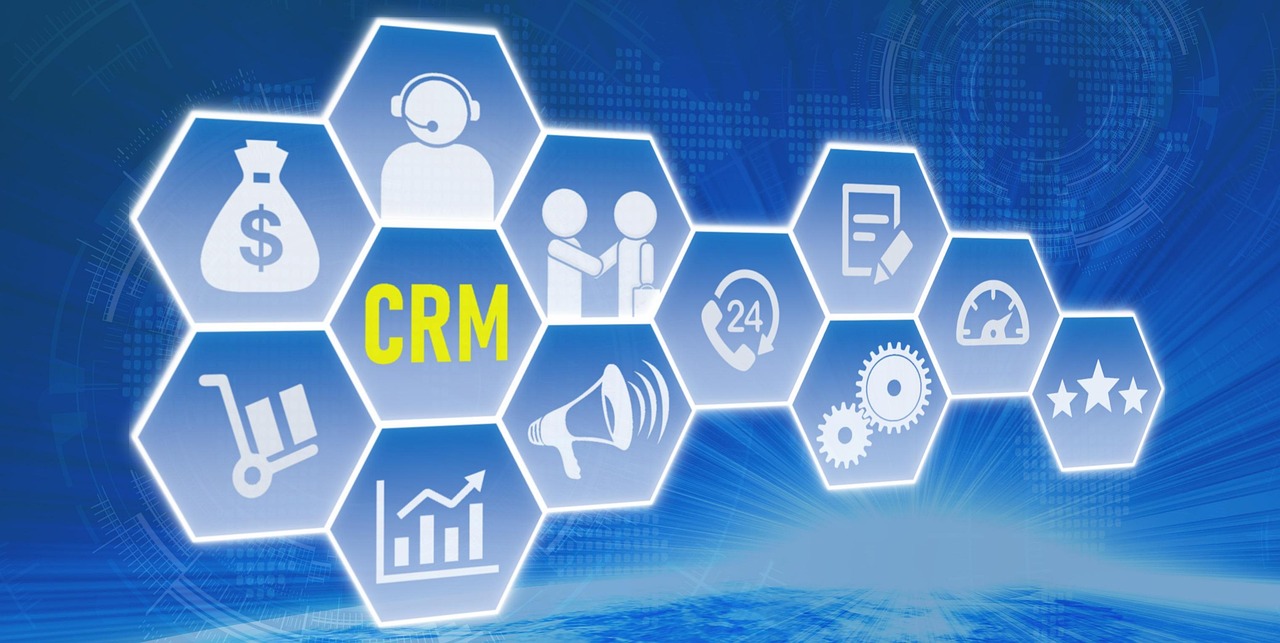Introduction
Understanding the 2025 Consumer Landscape: Discuss the evolving consumer behaviors characterized by smart spending, self-healing, and sustainability, and their implications for businesses.
1. The Rise of Smart Spending
Consumer Caution Amid Economic Uncertainty: Explore how economic conditions have led consumers to plan expenses more carefully, prioritizing value and necessity.
Demand for Value and Convenience: Highlight the increasing consumer expectations for greater value and convenience in products and services.
2. The Self-Healing Movement
Focus on Personal Well-being: Examine the trend of consumers investing in experiences and health, choosing personal enrichment over material possessions.
Mental and Physical Health Prioritization: Discuss the growing emphasis on holistic well-being and its impact on consumer choices.
3. Sustainability as a Core Value
Environmental Consciousness: Analyze the increasing consumer demand for sustainable practices and products, reflecting a shift towards environmental responsibility. Innova Market Insights
Quality and Integrity: Discuss how consumers are seeking honesty and transparency from brands, expecting products that align with their values and are worth the price. Innova Market Insights
4. Strategies for Businesses to Adapt
Enhancing Transparency and Authenticity: Emphasize the importance of building trust through clear communication and genuine practices.
Offering Value-Driven Products and Services: Focus on delivering high-quality offerings that meet the smart spending criteria of consumers.
Promoting Health and Wellness: Integrate wellness initiatives into business models to align with the self-healing trend.
Implementing Sustainable Practices: Adopt environmentally friendly operations and product lines to meet consumer sustainability expectations.
5. Case Studies of Successful Adaptation
Brands Embracing Sustainability: Highlight companies that have successfully integrated sustainable practices into their operations, meeting consumer demands.
Businesses Focusing on Wellness: Showcase examples of brands that have prioritized consumer well-being, aligning with the self-healing movement.
6. Challenges in Aligning with Consumer Trends
Balancing Profitability and Sustainability: Discuss the potential conflicts between maintaining profit margins and implementing sustainable practices.
Keeping Pace with Rapidly Changing Preferences: Address the difficulties businesses face in adapting to swiftly evolving consumer behaviors.
7. Recommendations for CEOs and Startups
Invest in Consumer Research: Encourage continuous learning about consumer preferences to stay ahead of trends.
Foster Innovation: Promote a culture that embraces change and encourages the development of new solutions to meet emerging consumer needs.
Collaborate with Stakeholders: Work closely with suppliers, customers, and communities to co-create value and ensure alignment with consumer expectations.
Conclusion
Embracing Change for Future Success: Reiterate the necessity for businesses to adapt to the trends of smart spending, self-healing, and sustainability to thrive in the 2025 consumer landscape.








